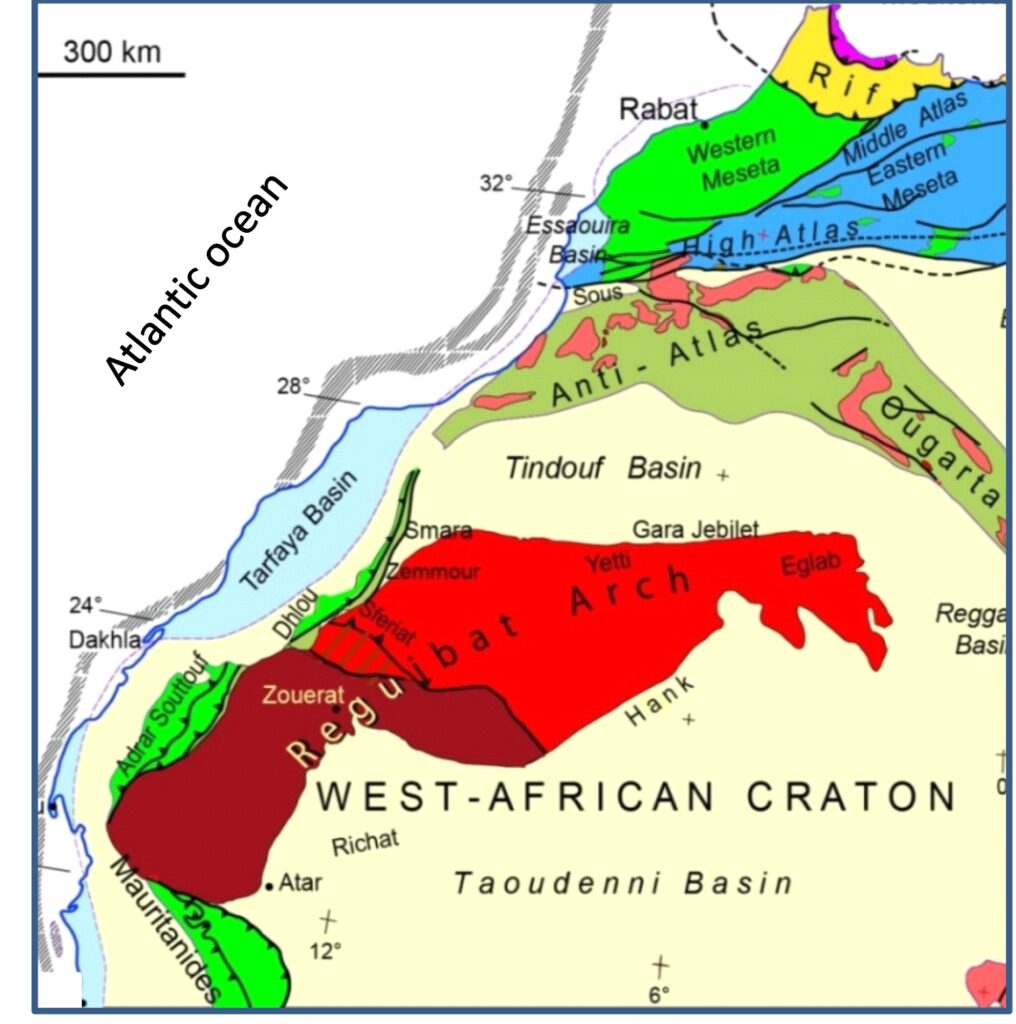The diversity of major geological regions of Morocco and their remarkable uplift

By Prof. Omar Saddiqi Faculté des Sciences Aïn Chock,
BP 5366, Maârif, Casablanca, Maroc.
|
GSAf seminar series
Date: 30 October 2020 14:00 (GMT) 15:00 Nigeria and Morocco time, 16:00 Egypt and South Africa time Online Seminar (Google Meet) https://meet.google.com/cfd-huum-gup
Share the event on your social media by copying the link of the current page or downloading and sharing the seminar poster |
| Morocco, a geologist’s paradise! The country is so extensive from north to south, from the Mediterranean ranges to the West African Craton, and its relief is so accentuated (don’t we find there the highest non-volcanic summit in Africa, the J. Toubkal, 4167 m?) That almost all rocks of various ages and nature, almost all structures are directly observable. Here we summarize the main history of the geology of the country, region by region, based on some maps, landscapes and general cross sections. The geological domains of Morocco (Fig. 1) are from south to north: – the Saharan domain, corresponding to the West African Craton (the WAC); – the Anti-Atlas and the basins bordering it locally (Sous, Ouarzazate basin); – the Atlas system (High Atlas, Middle Atlas), which extends eastward into Algeria and Tunisia, while the Anti-Atlas is a Moroccan specificity; – the ancient massifs of the Meseta domain, partly hidden under plateaus and which form the base of the Atlas; – the Rif, the southern branch of the Arch of Gibraltar and the western end of the alpine chains of the western Mediterranean. However, to these five major areas, constituting the continent, is added a sixth area: the Atlantic margin, the proximal part of which is visible on land, and which is not remained a typical passive margin only to the south of the Atlas. 
|

